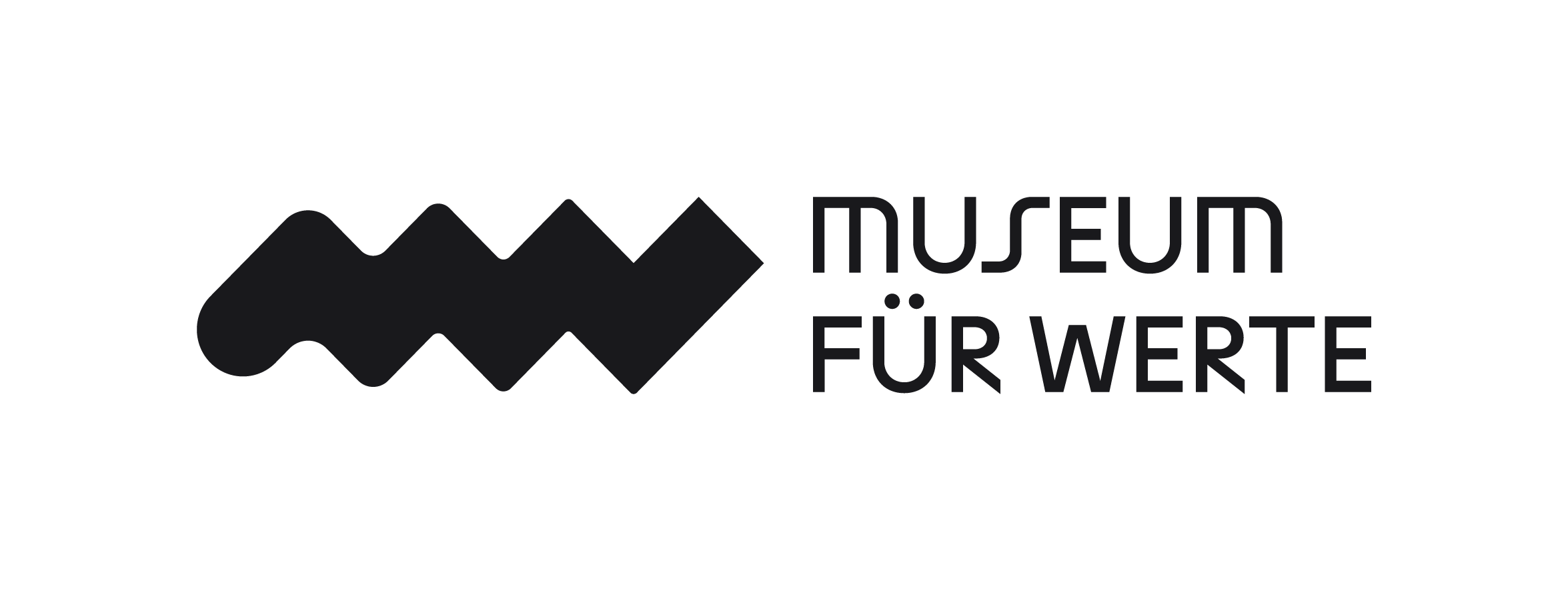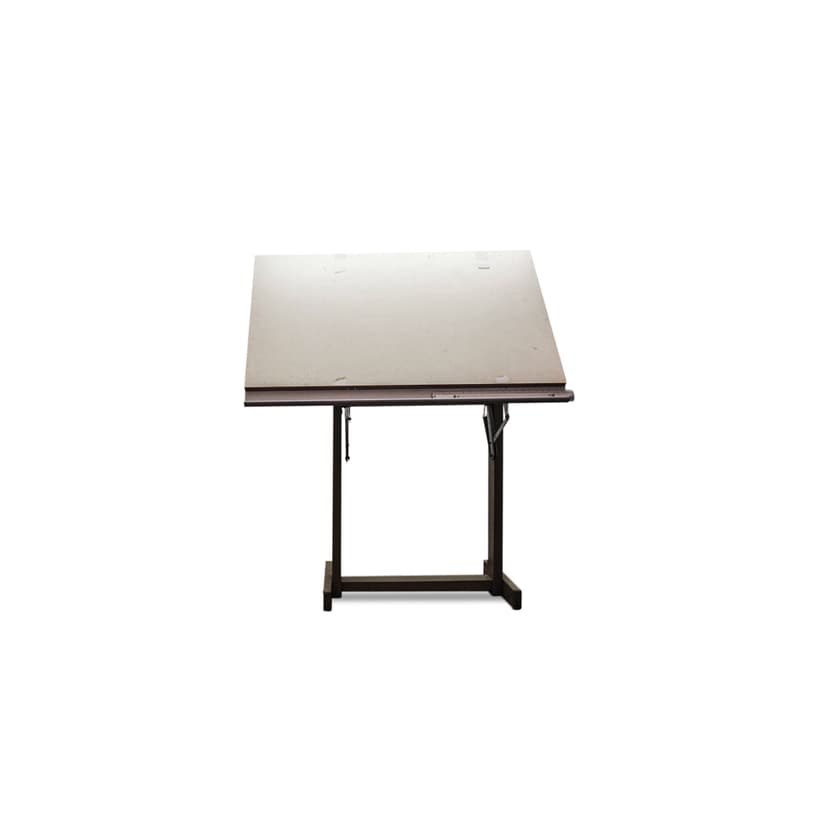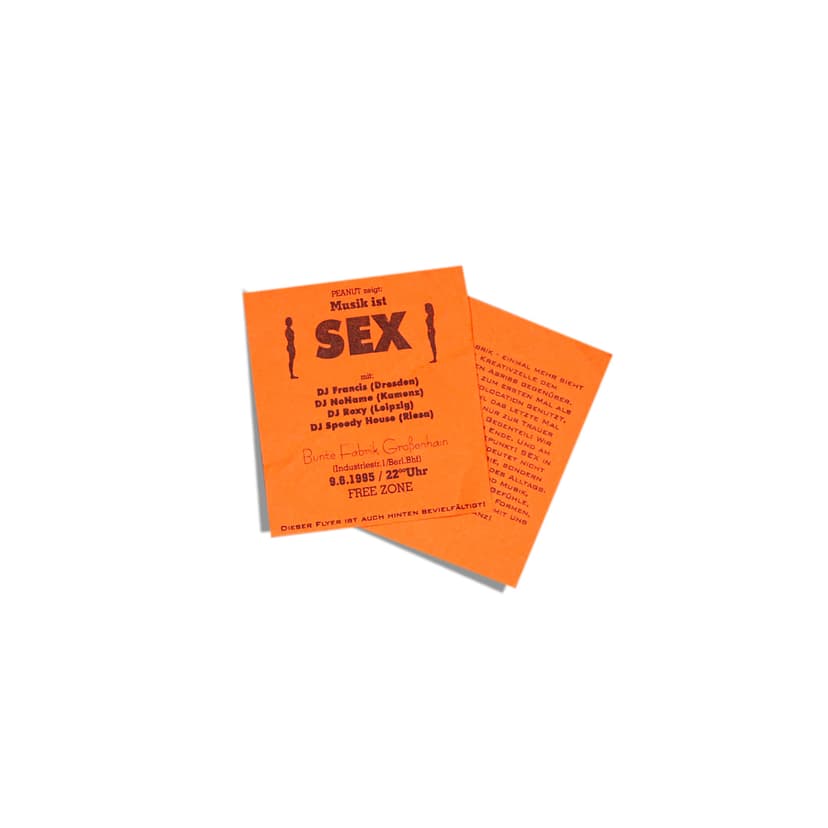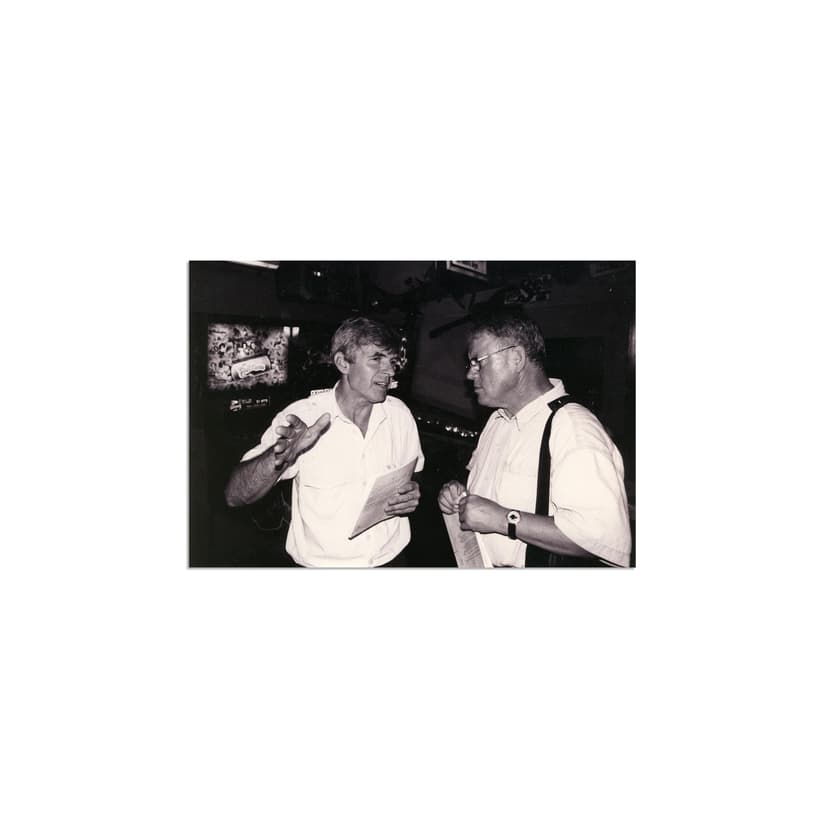My father worked from 1983 to 1990 as a designer for special machinery at VEB Tisora on Fürstenstraße in Karl-Marx-Stadt (now Chemnitz). He somehow got his job at the company "through connections." He used a drawing board like this to create designs for textile machinery. Therefore, for me, this object is an expression of my father's self-realization. Then, in 1990, the turning point came, which would finally make the longed-for freedom a reality. However, 1990 also led to the liquidation of VEB Tisora and my father's dismissal. He bought this drawing board from the company's liquidation assets so that he could possibly continue designing at home. Nine years of unemployment and job creation measures followed. During this time, my father filed another patent and received an environmental award from the city for it. However, this did not lead to a job. He didn't find work again until 1999—"through connections." For me as a child and teenager, it was all a blessing in disguise. We often picked up my father from work on Fürstenstrasse and I always longed for him to look out the window and finally get out. After his release in 1990, he was there much more. We considered moving to southern Germany, but we stayed in Chemnitz. From here, I began my own self-realization. I think that object represents many of the life paths of my father's generation. The borders may have disappeared in 1990, but without work and money, freedom was once again unattainable. And then there was the feeling of no longer being needed, even though you were capable of something. Insults that certainly left their mark on more than just my father's biography.




